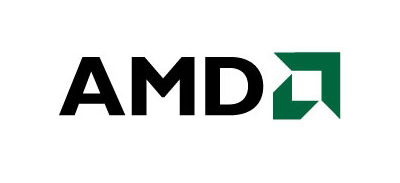The problem, on the surface, appears to be very thin. Quanta alleges that AMD knowingly sold them parts that did not meet thermal requirements and because of this they failed when put into a single line of notebook designs that Quanta made for NEC. The part in question is the ATI RS600ME. This part contains not only an ATi integrated GPU, but also carried a memory controller, the PCIe bus and much more.
Quanta used these parts to manufacture the NEC LaVie LL800 notebook. The problem came when users began experiencing performance issues and graphical anomalies (artifacts, discoloration etc). Now it is important to note here that Quanta stated that AMD did this knowingly. The problem is that Quanta used the same part in a number of other notebooks (including a different line up for NEC) without any issues at all. This would seem to be more of a poor cooling design or a lack of understanding the thermal requirements of the part used.
Moving forward Quanta will have a hard time proving that AMD knowingly sold them defective parts. Especially considering the age of the part in question (AMD no longer makes the RS600ME) and the fact that AMD sells bulk parts to manufacturers, it is up to the manufacturers to use them properly.
So you might hear that this issue is a lot like the problems that nVidia had a few years ago, but you would be way off the mark. Here we have a part that works properly on everything but a single line made for a single manufacturer. It will be an interesting case to watch. I am just wondering if AMD will pursue a counter suit, or if Quanta has other motives behind this rather poor excuse for a lawsuit.
Source Bloomberg
Discuss in our Forum
News
Quanta Sues AMD... But will it Hold up in Court?
- Details
- By Sean Kalinich
- Hits: 2768
 They say the consumer has a very short memory and that may be true in many cases, but when news that AMD is being sued by Quanta (the largest contract notebook maker in the world) we saw many, many posts and comments bringing up nVidia’s fiasco with the 8600M GPU. Although the two issues might appear to be similar, they are very far apart in terms of not only the problem, but who was/is ulimately responsible for the problem.
They say the consumer has a very short memory and that may be true in many cases, but when news that AMD is being sued by Quanta (the largest contract notebook maker in the world) we saw many, many posts and comments bringing up nVidia’s fiasco with the 8600M GPU. Although the two issues might appear to be similar, they are very far apart in terms of not only the problem, but who was/is ulimately responsible for the problem.



